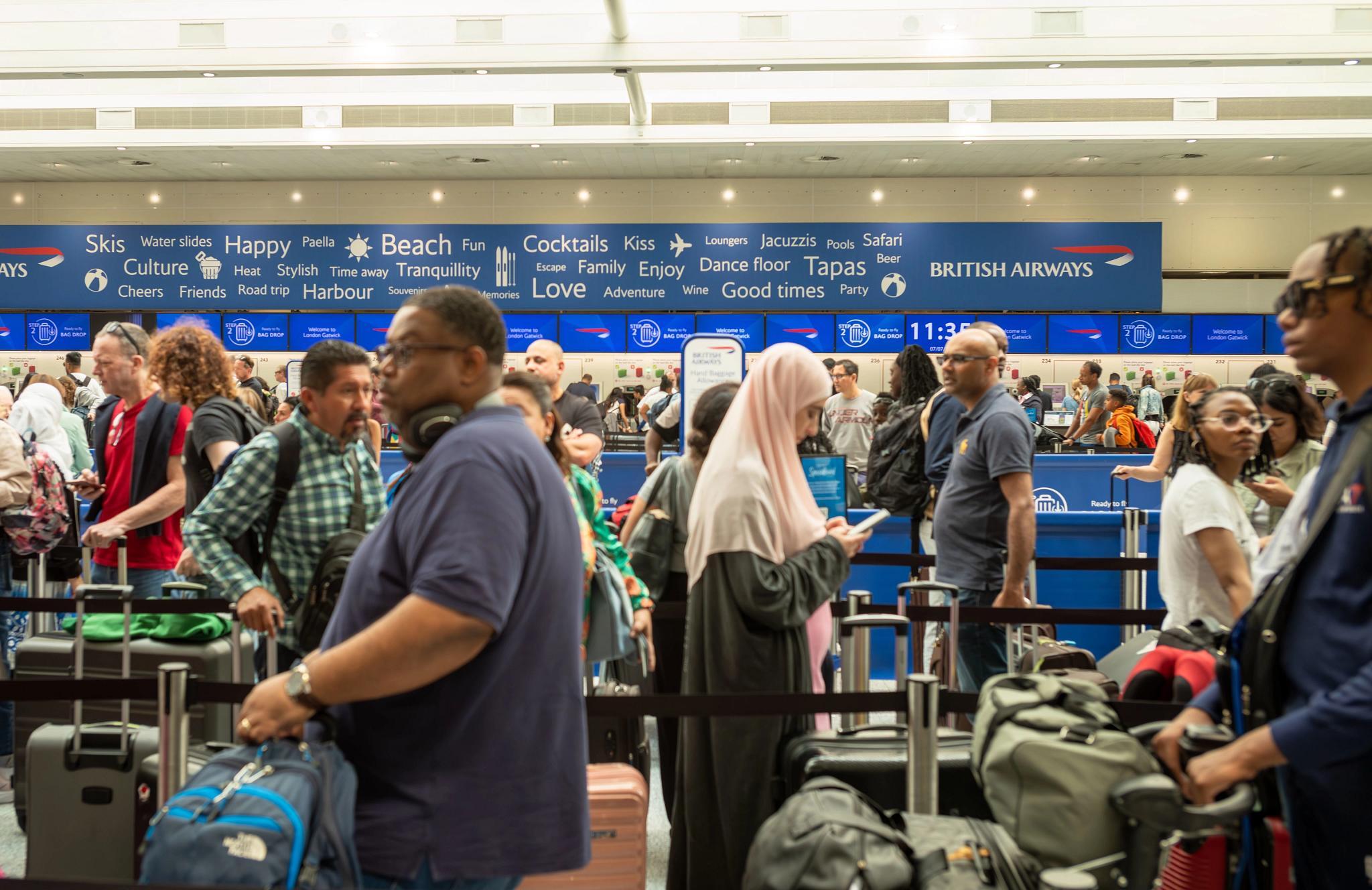
Vietnam Tourist Visa Everything You Need to Know in 2023
If you’re planning to visit Vietnam as a tourist in 2023, it’s essential to have a valid visa. A Vietnam tourist visa will allow you to explore Vietnam’s many attractions, from its bustling cities and picturesque landscapes to its rich culture and history. In this article, we’ll cover everything you need to know about obtaining a tourist visa for Vietnam in 2023, including the application process, fees, requirements, processing time, and more.

Who Needs a Tourist Visa for Vietnam?
All foreign nationals who plan to enter Vietnam for tourism purposes are required to obtain a tourist visa, except for citizens of certain countries who are eligible for visa exemption or visa-free entry. Citizens of ASEAN countries, Chile, Japan, South Korea, Russia, and several other countries can visit Vietnam for up to 15-90 days without a visa, depending on their nationality.
What Types of Tourist Visas Are Available for Vietnam?
There are two main types of tourist visas available for Vietnam: the traditional visa and the visa on arrival (VOA). The traditional visa is issued by the Vietnamese embassy or consulate in your country, while the VOA can be obtained online through a travel agency or visa service provider.
The traditional visa has a longer validity period, ranging from one month to one year, with a single or multiple entries. Meanwhile, the VOA is only valid for up to 90 days, with a single entry. Both types of visas require a fee and have their respective requirements and restrictions.

When Should You Apply for a Tourist Visa for Vietnam?
It’s recommended to apply for a tourist visa for Vietnam at least one month before your intended travel date. This allows sufficient time for processing, as well as for any potential delays or issues that may arise during the application process. If you’re applying for a traditional visa, you may need to factor in additional time for mailing or in-person visits to the Vietnamese embassy or consulate.
For those who require urgent processing, the VOA is an option, with a processing time of 1-2 business days. However, this option comes with an additional fee and requires pre-approval from the Vietnamese Immigration Department.
How to Apply for a Tourist Visa for Vietnam?
Step 1: Determine Your Eligibility and Visa Type
The first step in applying for a tourist visa for Vietnam is to determine your eligibility and which type of visa is best suited for your needs. Check if your country is eligible for visa exemption, or if you require a traditional visa or a VOA.
Step 2: Prepare the Required Documents
The documents required for a tourist visa for Vietnam vary depending on the type of visa you’re applying for. Generally, you’ll need:
- A completed application form
- A passport-sized photo
- A valid passport with at least six months’ validity and two blank pages
- Proof of travel itinerary (flight tickets, hotel reservations, etc.)
- Proof of sufficient funds for the duration of your stay
- Visa fee payment (vary by visa type)
Additionally, some countries may require additional documents such as a criminal record check, health certificate, or invitation letter from a sponsor in Vietnam.
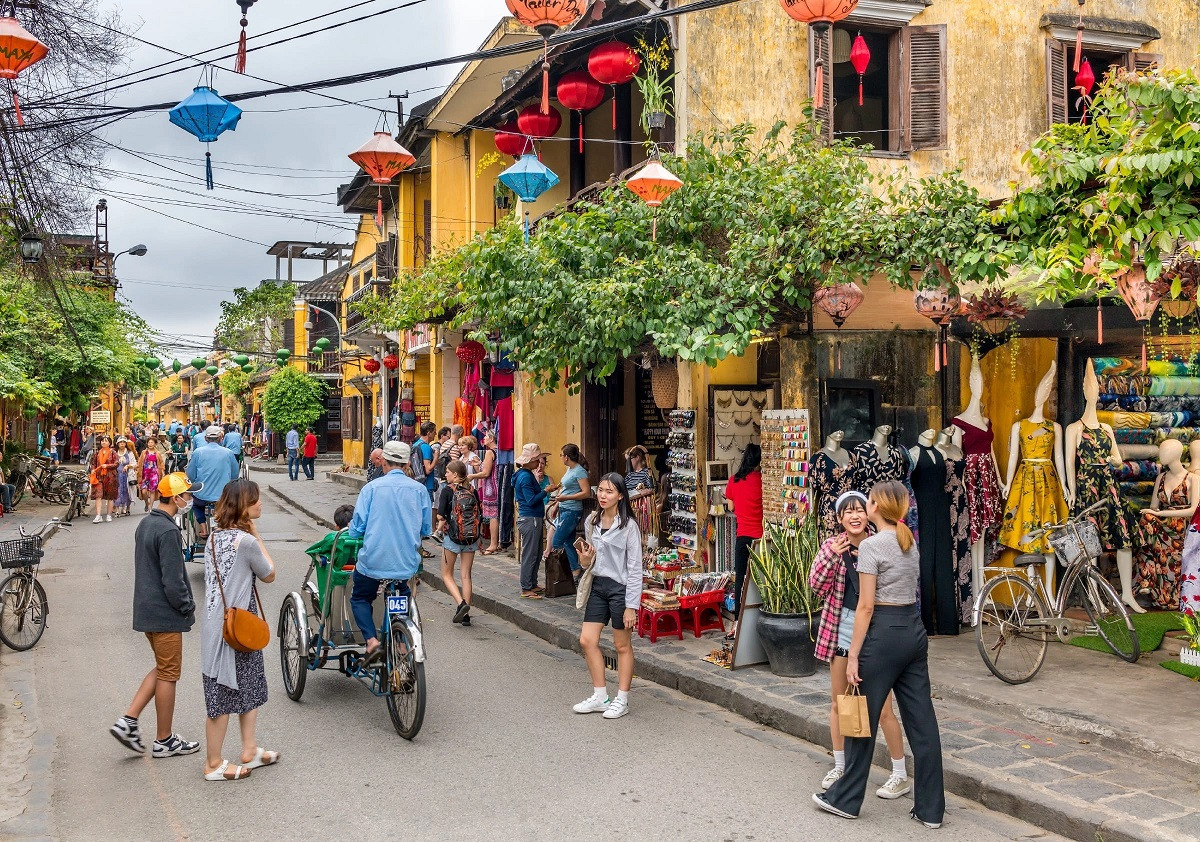
Step 3: Submit Your Application
Once you have prepared all the necessary documents, you can submit your application either in person or by mail to the Vietnamese embassy or consulate in your country. For VOA, you can apply online through a reputable travel agency or visa service provider. Ensure that you double-check all the requirements and fees before submitting your application.
Pros and Cons of Traditional Visas vs. Visa on Arrival
Both traditional visas and VOAs have their respective advantages and disadvantages.
Traditional visas offer longer validity periods, multiple entries, and more flexibility in terms of visa renewal or extension. However, they require more time, effort, and money to obtain, including visits to the Vietnamese embassy or consulate, mailing, and visa fees.
VOAs offer convenience, simplicity, and faster processing time, with no need for visits to the Vietnamese embassy or consulate and lower fees. However, they have shorter validity periods, single entries, and are subject to pre-approval from the Vietnamese Immigration Department.
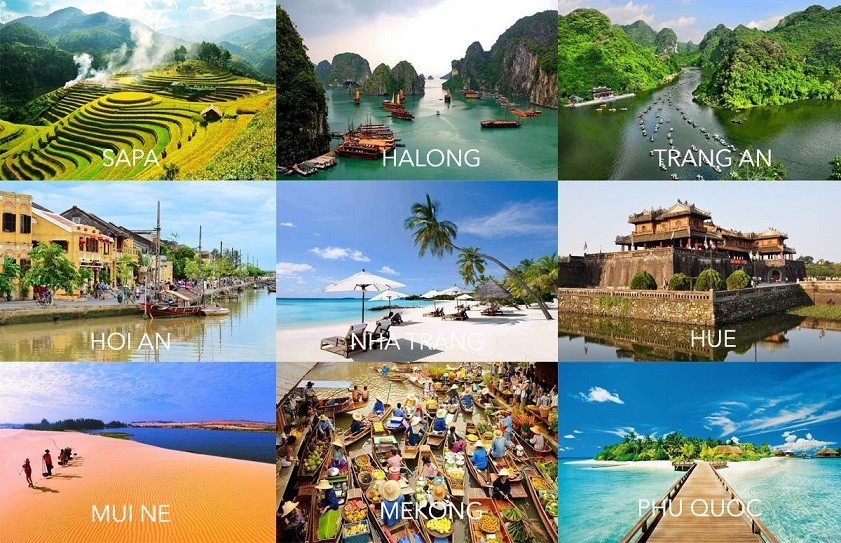
Alternative Options for Traveling to Vietnam Without a Tourist Visa
If you’re not eligible for visa exemption or don’t want to deal with the hassle of obtaining a tourist visa, there are several alternative options for traveling to Vietnam:
- E-Visa: Citizens of over 80 countries can apply for an e-visa online through the Vietnamese Immigration Department’s website. The e-visa is valid for up to 30 days and allows single entry only.
- Visa-Free Transit: If you’re transiting through Vietnam to another destination, you may be eligible for visa-free transit for up to 72 hours, depending on your nationality and itinerary.
- Border Crossing Card: Citizens of China, Laos, or Cambodia can enter Vietnam with a border crossing card, which is valid for up to three days and allows entry into the border areas only.
While these options may be more convenient or cost-effective, they also come with their limitations and restrictions. Make sure to check your eligibility and requirements before deciding on your travel plans to Vietnam.
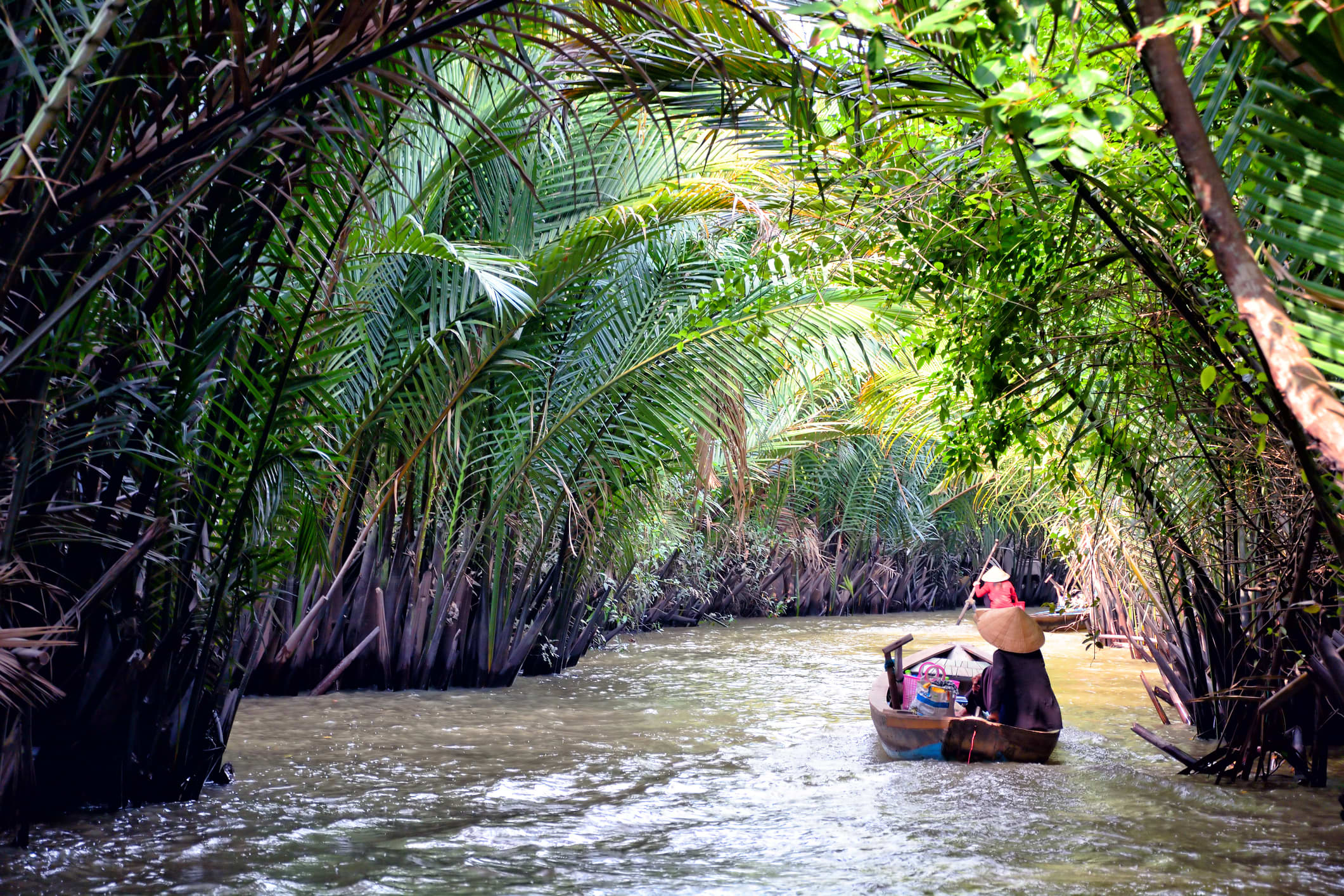
Frequently Asked Questions
Q1: How much does a tourist visa for Vietnam cost?
A1: The cost of a tourist visa for Vietnam varies depending on the type of visa, nationality, and processing time. Traditional visas can range from $25 to over $200, while VOAs typically cost around $25-50. Additional fees may apply for urgent processing, multiple entries, or other special requirements.
Q2: Can I extend my tourist visa while in Vietnam?
A2: Yes, you can extend your tourist visa while in Vietnam, but only if you have a traditional visa. VOAs cannot be extended or renewed, and you must leave the country before the visa’s expiry date. To extend your traditional visa, you’ll need to visit the Vietnamese Immigration Department or a travel agency that provides visa extension services.
Q3: How long does it take to process a tourist visa for Vietnam?
A3: The processing time for a tourist visa for Vietnam varies depending on the type of visa and processing method. Traditional visas can take anywhere from 3-10 business days or longer, depending on the embassy or consulate’s workload and whether you submit your application in person or by mail. VOAs typically have a processing time of 1-2 business days if you have pre-approval from the Vietnamese Immigration Department.
Q4: Can I apply for a tourist visa for Vietnam online?
A4: Yes, you can apply for a VOA online through a reputable travel agency or visa service provider. However, traditional visas must be obtained in-person or by mail from the Vietnamese embassy or consulate in your country.
Q5: What happens if I overstay my tourist visa in Vietnam?
A5: Overstaying your tourist visa in Vietnam is illegal and can result in fines, detention, deportation, or even a ban on re-entering the country. Make sure to check your visa’s validity period and extension options before entering Vietnam and comply with all immigration regulations.
Conclusion
Obtaining a tourist visa for Vietnam is an essential step for any foreign national planning to visit the country for tourism purposes. Whether you opt for a traditional visa or a VOA, make sure to carefully review the requirements, processing time, fees, and restrictions before submitting your application. With the right preparation and documentation, you can enjoy a memorable and hassle-free trip to Vietnam in 2023.
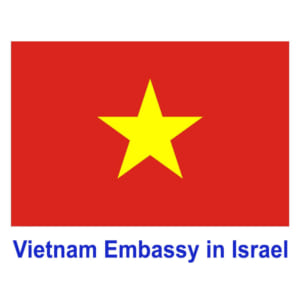

I am an Israel citizen. I am coming with a cruise ship as a tourist for two stops in Vietnam:
Da Nang and Ho Chi Minh City. Each stop less than 12 hours.
Do I need a Visa to Vietnam, and if yes, which kind of Visa: Single Entry or Multiple, EVISA or VOA?
I wait for your answer,
Thank you,
Gita Goldberg